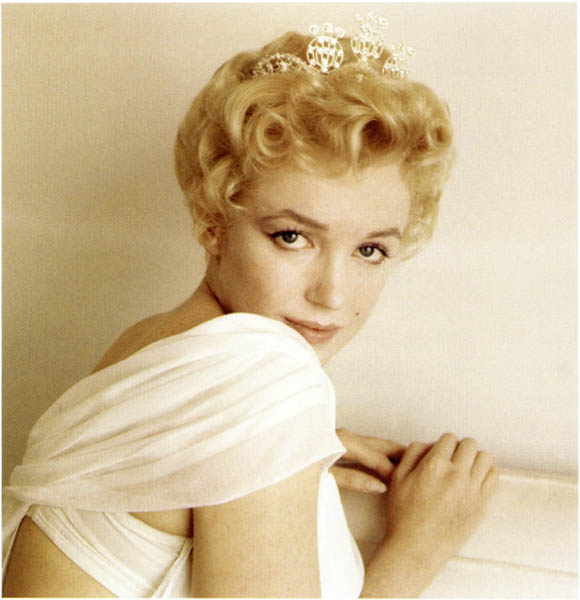

Redundancies and Bathroom Abstraction use McCooey’s own photographs, which stand in high tonal and stylistic contrast to his father’s raucous eye. The poet lets us do the work of inventing connections between these imperatives and the resistant images, between the tension of son and father, bringing into play McCooey’s established affinity for cinema, and particularly horror.

In the standard Mom and Dad sitting pose. His archival snaps are themselves poetic in their absurd, Forbesian contradictions: a jocular group, including a fellow wielding a rifle a man-cave plastered with a sign that says “The Arse End” and a finger pointing to a memento mori.Īccompanying these fun compositions is a sober series of instructions for blocking a family portrait: The first series, Posing Cards, features pictures taken by McCooey’s father Wyndham. It’s not a radical method, but it carries a surrealist sense of possibility that is quite different to the book’s narrative and imagistic poems. The formal and conceptual gravitas of the photo-poem sequences lies in their variety of media and style, and the unexpected combinations of signification created by the interfacing photographs and texts. McCooey circles back repeatedly to “vacant times”: to the separation of humans from other animals, detachments of voice from body, the disintegration of physical matter between past and present. In the section and poem titles, and in the poems themselves, we encounter the grand themes of phenomenology and time scales. The contents, on the other hand, say something else.


As well as the title, the book’s blurb, its endorsements and its epigraphs all point to this conceit. In David McCooey’s The Book of Falling, much is made of the titular theme as the cohesive element. Or it might be an experiment in technique and form that creates a conceptual sandwich. It can be a dramatic terrain of action and voice. It can be structural features, such as symmetries or contrasts. The panel’s consensus was that it is not necessarily theme that holds a collection between two covers. On a recent award-judging panel, I found myself once again in a conversation about what makes a book of poems “cohesive” – that is, what makes it a book-length experience, as distinct from a single-poem dip, a chapbook dive or, indeed, the narrative journey of a novel.


 0 kommentar(er)
0 kommentar(er)
